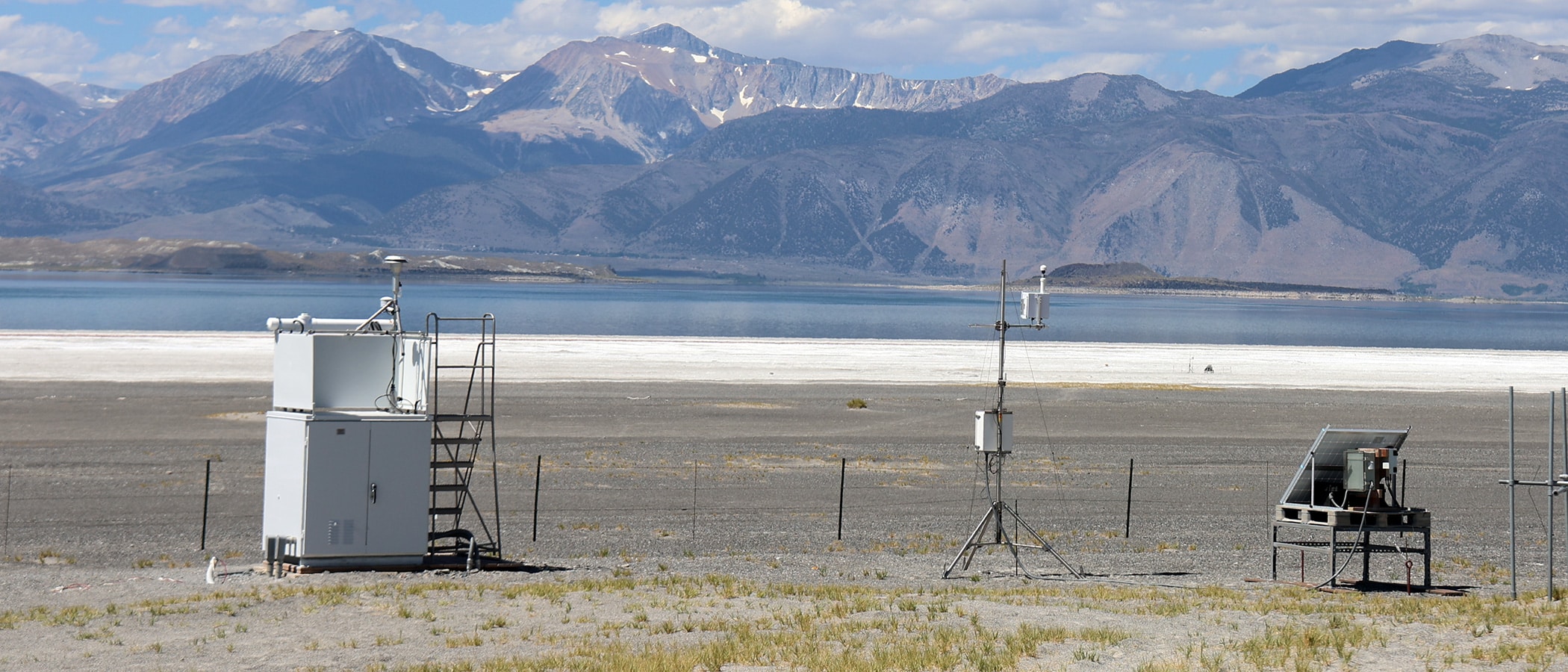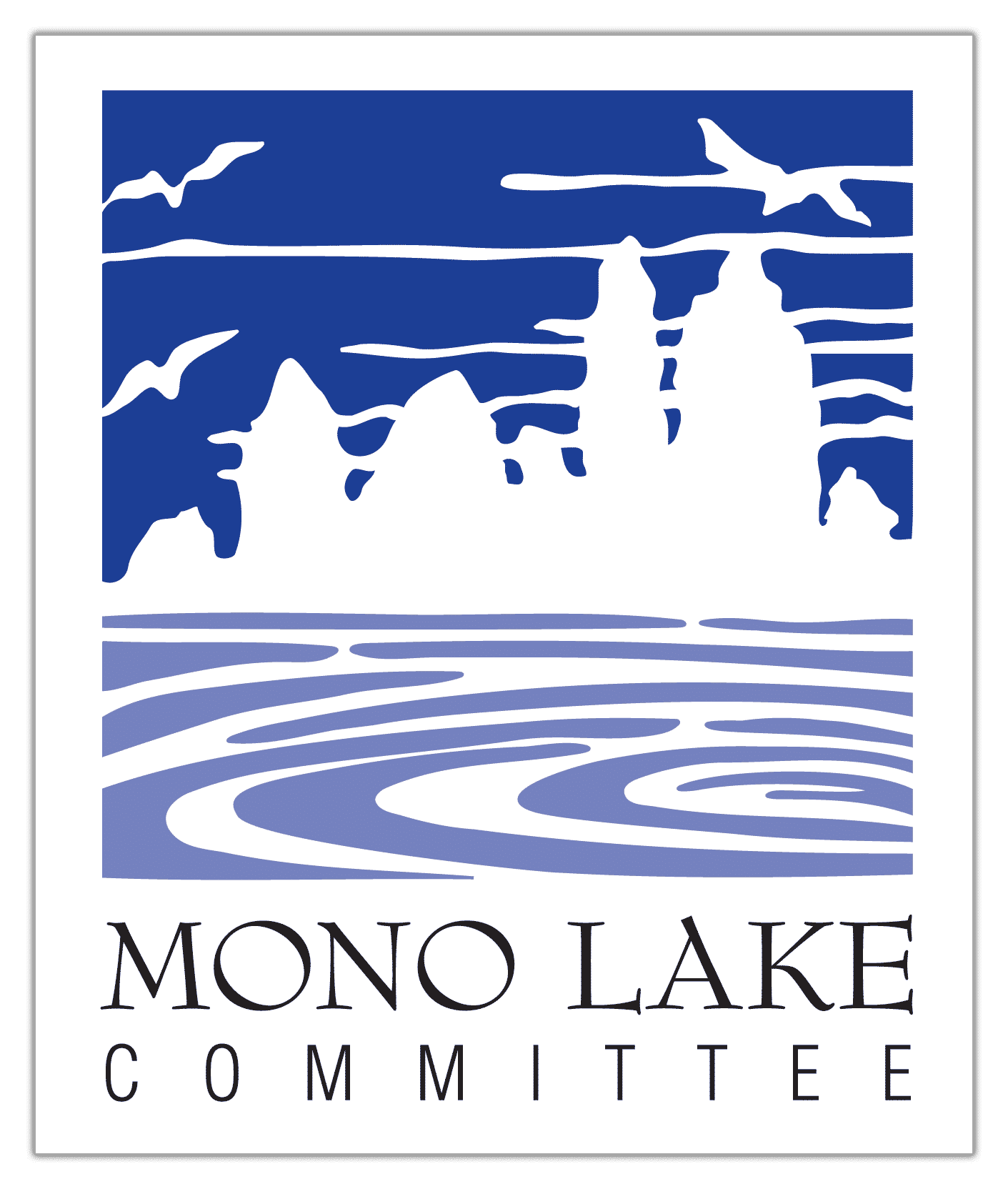
Spending millions of ratepayer dollars to undermine State Water Board decision
The Los Angeles Department of Water & Power (DWP) is preparing to fight at the future hearing before the California State Water Resources Control Board. While the date has yet to be announced, the hearing will be the State Water Board’s opportunity to evaluate and decide if a reduction in Mono Basin water exports is required to raise the level of Mono Lake.
DWP asserts that everything is fine at Mono Lake, it’s healthy and doing well despite the fact that it remains only halfway to the mandated level 31 years after the decision to raise it. DWP’s current narrative is that the lake is at a “steady and encouraging level.”
But Mono Lake is not healthy. The ecosystem is showing signs of stress and strain as decades of an artificially low lake have created accumulating impacts. Mono Lake remains nine feet below its mandated level, and 35 feet below its pre-diversion level. California Gulls have suffered a steep decline due to the faltering lake ecosystem, air quality violations continue due to the exposed lake playa, and restoration of surrounding waterfowl habitat, lake wetlands, and shorebird habitat remain stalled because of DWP’s push to maximize water diversions.
Throw money at unnecessary studies and create delay
Based on what we have seen of its current activity around the Mono Basin, DWP intends to continue maximized diversions while pursuing new, costly research projects that its attorneys will attempt to use to challenge established research conclusions vetted in the 1994 State Water Board decision.
Recent DWP projects include groundwater mapping conducted by helicopter at a cost of nearly $1 million as well as a newly launched, multi-year alkali fly research eff ort that involves dozens of sampling sites all around the lake.
In March 2025, the DWP Board of Commissioners approved a staff-recommended resolution to contract with consulting firms for $35 million “to provide science, technology, and air quality services for Owens Lake, Mono Basin, and other water gathering activities in the Eastern Sierra.”
During the summer, one of the contracted consulting firms, Formation Environmental, began installing air quality monitoring stations on the dry lakebed within the Mono Lake Tufa State Natural Reserve.
A dust up over dust events
For decades, Mono Lake has been in significant violation of federal air quality standards due to lakebed exposed by excessive DWP water diversions. Only recently, since the prospect of a State Water Board hearing date, has DWP become interested in collecting its own data on air quality at Mono Lake. The regulatory authority, Great Basin Unified Air Pollution Control District, has been monitoring air quality at Mono Lake for decades, and their highly precise instruments have documented that Mono Lake has exceeded federal air quality standards hundreds of times for PM-10, particulate matter of ten microns or less.
Formation Environmental stated in its State Park permit application that the purpose of air quality monitoring was to calibrate and test air quality monitors “collaboratively with DWP and Great Basin.” In fact, Great Basin had no prior knowledge of DWP’s new monitoring plans and was surprised to learn that Formation Environmental and DWP were installing a series of air quality and soil moisture monitoring stations just below Great Basin’s long-established monitoring equipment. The Inyo National Forest had previously rejected DWP’s request to install particulate matter monitoring and dust plume observation equipment on their land and noted “the Mono Basin Comprehensive Management Plan direction on air specifically calls out working with Great Basin Unified Air Pollution Control District.”
According to DWP and Formation, “The monitoring data proposed in this study plan is anticipated to improve our understanding of air quality issues in the region.” Yet, decades of research at Mono Lake have already measured the worst particulate air pollution in the nation. Anyone who knows the Mono Basin—the Mono Lake Kootzaduka’a Tribe, north Mono Basin residents, motorists on Highway 167, Mono Lake visitors—already understand the air quality issues in this region. If you’re unlucky enough to be caught in a dust event, it’s difficult to breathe. If you’re trying to enjoy the scenic views from the Mono Basin Scenic Area Visitor Center or Lee Vining, the horizon is obscured.
According to Formation’s permit application, “A better understanding of the mechanisms controlling PM10 emissions will improve potential management outcomes and ultimately the quality of outdoor recreation in the area.” For DWP, “quality” may really mean less access. A Los Angeles Times article from August 4, 2025 reported that “DWP officials have suggested that a feasible solution [to hazardous air quality] would be to have a warning system and restrict public access to remote, dust-prone areas when high winds are forecast.”
DWP’s new story line
DWP’s push to launch its own air quality research, the helicopter groundwater survey, and the alkali fly research adds up to tens of millions of Los Angeles ratepayer dollars—all to oppose a healthier outcome for Mono Lake and its surrounding inhabitants.
These studies are expensive and unnecessary. State Water Board-ordered research and monitoring are already underway, and decades of scientific work was conducted for and evaluated in the State Water Board decision. If DWP was serious about raising Mono Lake to its healthy 6,392-foot lake level it would not be maximizing diversions, nor would it be spending millions of dollars to craft a new narrative designed to undermine the State Water Board decision.
Owens Lake air quality lawsuit brought by DWP is denied
In September the Superior Court of Los Angeles denied a court petition filed by DWP against the California Air Resources Board and regional Great Basin Unified Air Pollution Control District.
Due to air quality violations, DWP was ordered in 2021 to undertake dust suppression mitigation on a portion of the emissive dry bed of Owens Lake. DWP took no action and subsequently, claiming a variety of procedural objections, litigated. The court rejected DWP’s arguments. DWP continues to pursue two other court cases against the agencies, likely at a cost of millions of dollars.
Both the Air Resources Board and Great Basin have air quality regulation jurisdiction in the Mono Basin.
This post was also published as an article in the Fall 2025 Mono Lake Newsletter. Top photo by Geoff McQuilkin.
